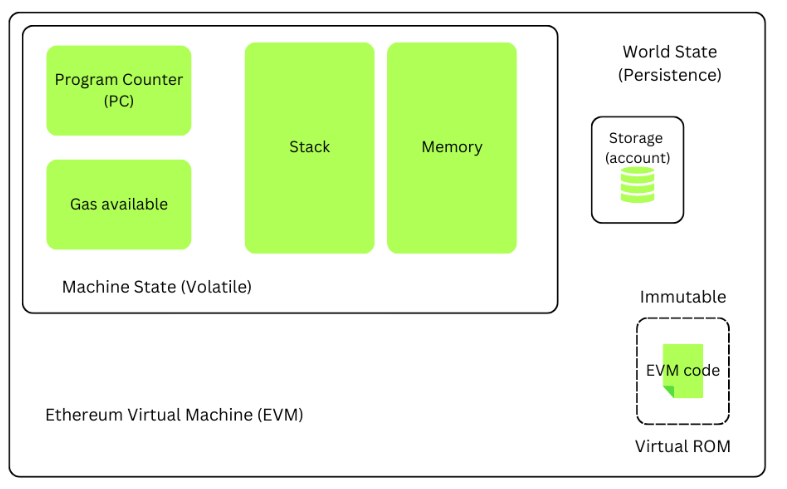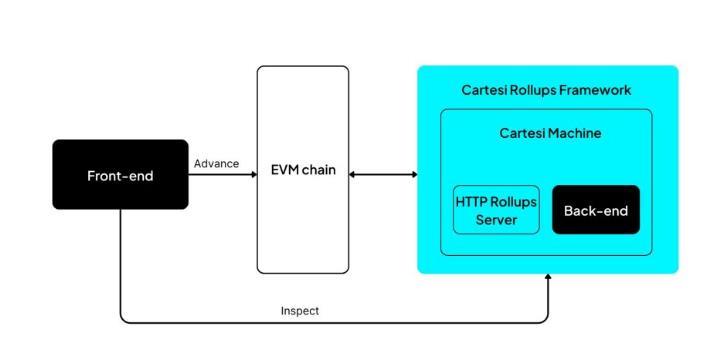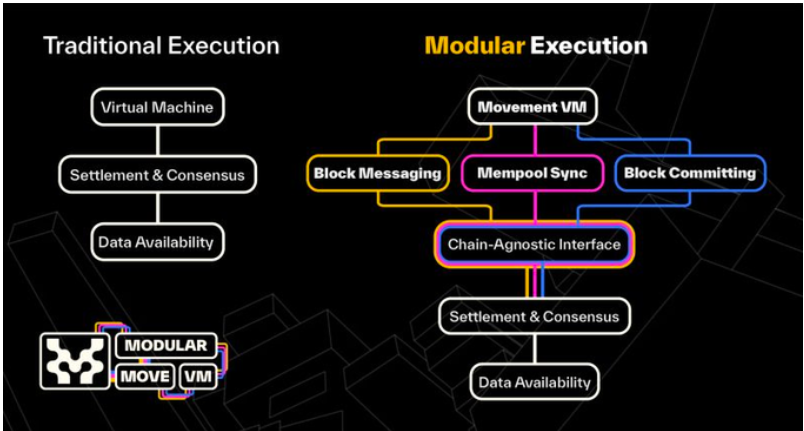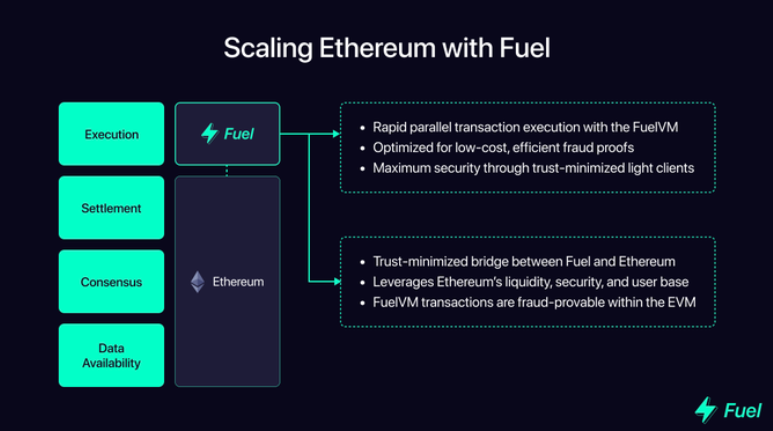The great transformation of breaking away from the EVM has never been so close.
Written by: TheRollup
Compiled by: Deep Tide TechFlow
Everyone:
We are at a critical moment in modular blockchain - breaking away from the Ethereum Virtual Machine (EVM). This shift is expected to bring in thousands of hesitant developers into the crypto space!
Although EVM has been dominant, it is now time to embrace new technologies that shape the future of blockchain. Next, we will explore the limitations of EVM, the potential of other virtual machines, and the pioneers leading this change.
Cheers!
We are entering a critical moment in modular blockchain, and the great transformation of breaking away from the EVM has never been so close.
Teams in contact with the non-encrypted developer community have been patiently waiting for this moment!
Imagine if we could recruit thousands of previously unwilling developers from different backgrounds to contribute to building the crypto-centric future we all hope for… And this reality is happening right here, right now, as we will recruit thousands of capable developers in the coming years.
But all of this will not happen on EVM…
In today's article, I will take you through the state of EVM and its limitations, and why other virtual machines based on years of technical stack are superior, and the key pioneers pioneering this field.
As an Ethereum evangelist, I must say that it is difficult to have a negative view of the Ethereum Virtual Machine. The dominance of the Ethereum Virtual Machine as the backbone of countless decentralized applications is reasonable: you can think of it as an execution layer, with EVM responsible for executing smart contracts and managing all transactions.

You can create any type of smart contract and program with EVM, creating a narrative of "programmable currency."
Although this technology has revolutionized encryption, the EVM does have limitations:
First, it is relatively new. Compared to traditional code libraries, there are not many "code libraries" (compilers, libraries, etc.).
Secondly, from a developer's perspective, learning Solidity is difficult, and there are many limitations compared to other programming languages (such as Rust, Move, JavaScript).
In addition, compared to other virtual machines in the execution layer, EVM also has limitations in terms of economics. Many cheaper and more powerful options have emerged.
Looking ahead, we can clearly see the narrative changing.
Now is the time to answer the following questions:
Is it time to move beyond the EVM as a settlement layer?
I believe that 2024 will be the year of the new execution layer. High performance and non-EVM execution environments will become the standard, as DeFi protocols hope to minimize other costs (such as gas fees) and games/applications need to seek high throughput environments.
This new narrative is not about giving up Ethereum, but about embracing diversity, exploring new possibilities in modular space. We need to recognize that the world of modular blockchain design is vast and diverse, and Ethereum is just one (important) piece of the puzzle.
Let's take a closer look at the performance of each team in this vertical direction:
Polygon Miden and Risc Zero are pioneers in designing new methods for virtual machines, focusing on efficiency and scalability in zkspace.
Cartesi is building the Linux-based virtual machine Cartesi Machine. It simulates traditional computer chips (64-bit RISC-V ISA) in a reproducible and deterministic manner. This allows developers to run traditional computer programs, languages, and libraries in a verifiable manner by booting a complete operating system (such as unmodified Ubuntu).

Developers familiar with Linux can enter the Cartesi application-specific aggregation ecosystem and build any dApp. Recently, a developer who knew nothing about Solidity/EVM used Cartesi's VM to build a ChainGPT dApp based on LLM.
Aztec Network is pushing the limits of privacy, developing a virtual machine that enables private transactions on public blockchains.
Fluent xyz is reimagining how to process data using virtual machines, creating a platform that combines the powerful features of blockchain with the flexibility of virtual machines.
A notable company breaking the narrative of virtual machines is: Movement Labs.
The design of Move VM focuses on performance and security. It addresses common vulnerabilities such as reentrancy, establishing a secure environment for developers. Movement Labs decouples the virtual machine from the blockchain stack, making it portable and modular. Move's parallel processing and security measures will be applied to EVM for the first time!

All of this is supported by the Movement SDK. dApps in the SDK can be freely and flexibly deployed to any Move environment integrated into the SDK. The SDK also includes the Fractal Transpiler, which allows Solidity dApps to upgrade their smart contracts to Move without writing Move code.
In short, Movement Labs is making low-threshold development possible with innovative virtual machines and smart contract development languages, enabling their dApps to be marketed in a Web3-native manner through the Movement SDK.
Another parallel processing-based virtual machine is: Fuel Network.
FuelVM is a parallel processing virtual machine for scaling Ethereum and modular stacks. It is an advanced smart contract execution engine designed to consider every computation important.
As shown below, FuelVM (like other virtual machines) is used in the execution layer to achieve higher performance.

FuelVM brings several unique advantages to the virtual machine field, including parallel transaction execution, asset-centric design, and minimal state design.
Lightweight clients, parallel execution, and efficient fraud proofs are the main highlights. Developers choose FuelVM because it offers an excellent developer experience and can overcome some limitations of EVM.
As we enter 2024, the virtual machine field is clearly undergoing a major transformation. DeFi pioneer Stani Kuchelov recently emphasized this transformation on Twitter… If there's one thing I've learned in the crypto space, it's to follow the superbrains who grasp trends early.
This new transformation will involve building modular designs, incentivizing new innovations, and providing diverse choices. We should recognize that modular design is superior to holistic design. We should abandon any maximalism and instead pursue a better user experience.
Let's embark on this exciting journey with our clear actions: focusing on the development and growth of the modular world!
With no need to use EVM anymore, our number of developers will surely increase significantly!
免责声明:本文章仅代表作者个人观点,不代表本平台的立场和观点。本文章仅供信息分享,不构成对任何人的任何投资建议。用户与作者之间的任何争议,与本平台无关。如网页中刊载的文章或图片涉及侵权,请提供相关的权利证明和身份证明发送邮件到support@aicoin.com,本平台相关工作人员将会进行核查。




